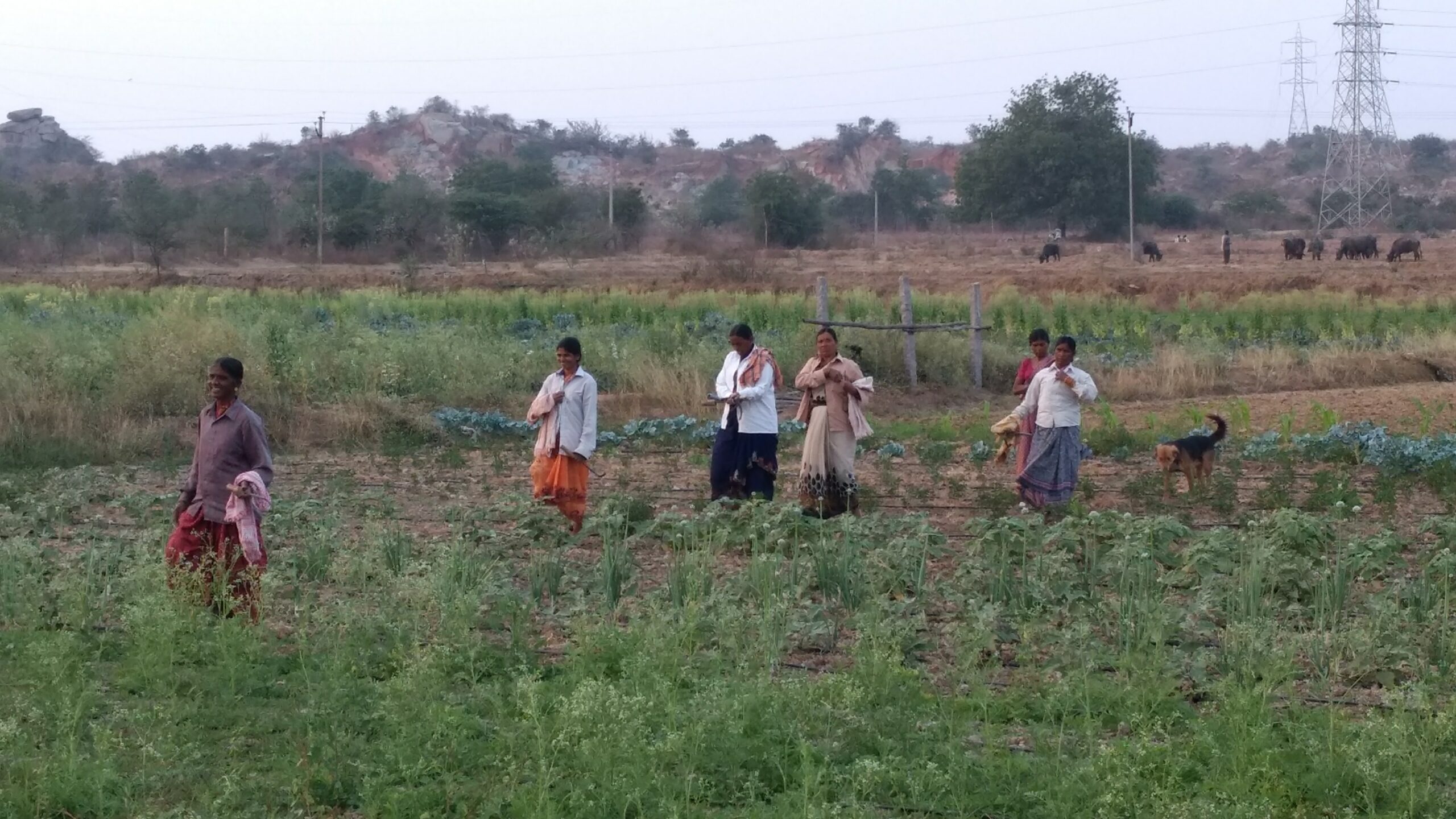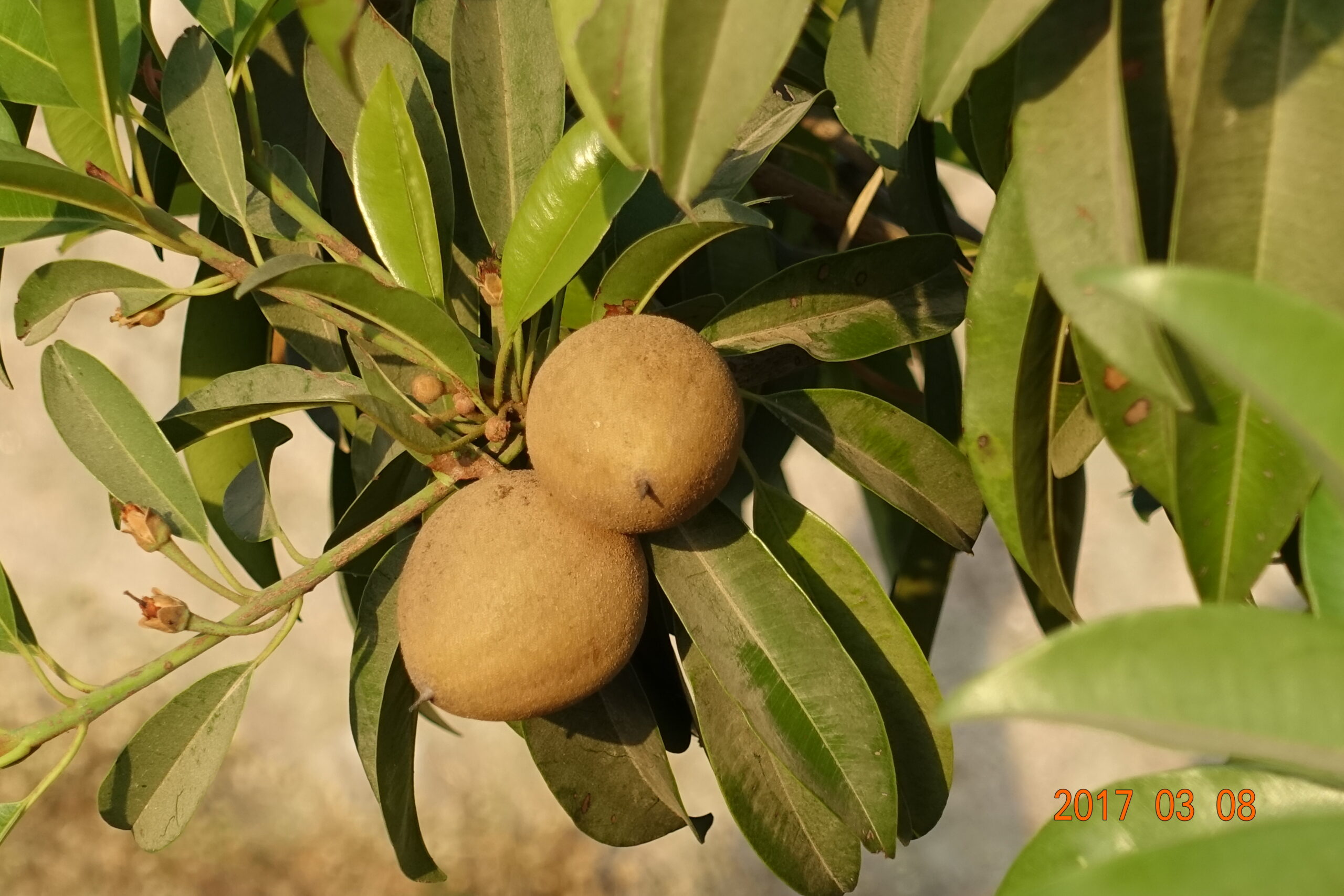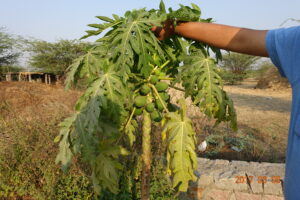Eco-Pleasant Residence in Telangana, India
Eco-friendly farm
Located 20 km on the outskirts of Hyderabad within the village of Girmapur, family reside within the eco-friendly house of their desires constructed of their vegetable forest that spans 15 acres.
Aside from fulfilling their family kitchen wants, their 15-acre Govardhan farm, provides contemporary produce to varsities and purchasers’ doorsteps.
“We started farming from a sustainable point of view and to provide livelihoods for farmers around us. Today it is a vegetable forest of sorts. We operate on a no-profit no-loss basis and all the turnover from the farm is successfully distributed amongst the 15 farmers who work with us.”
Family provides how the variety of crops performs an essential function on the farm.
“I grow as many as 30 varieties of crops in the small space of one acre! This too is done in a manner based on consumption patterns. So at any harvest, no produce is wasted, everything is sold. Multi-cropping and intercropping help keep pests at bay too. Every layout of the plantation is scientifically-designed, and techniques of intercropping and multi-cropping are followed.”
The farm grows grains comparable to rice, wheat, millets comparable to pearl millet (bajra), sorghum (jowar), finger millet (ragi), and many others, spices (turmeric, chillies) and superfoods like quinoa too.
A number of the greens they develop embrace radish, potatoes, kinds of tomatoes and brinjals, Aratikaya (Uncooked Curry Banana), beetroot, snake gourd, bitter gourds, ladyfingers, cabbage, cucumber, inexperienced peas, chillies, carrots and many others. Leafy inexperienced embrace amaranth, spring onion, spinach, coriander, and many others.
The Aquatron house
The farm additionally has a number of bushes like almonds, cashews, citrus bushes, pomegranate, guava, jackfruit, coconut plantations, moringa, teak, holy basil (tulasi), sandalwood, rudraksha and burflower-tree (kadambam).
After Aquatronrn you have uv to remove bacteria so you can irrigate plants on the farm with the nutrient-rich water.
“Our farm is our work of passion”
The farm follows the ideas of permaculture and doesn’t depend on the usage of natural concoctions comparable to jeevamrutham or natural pesticides comparable to neem or garlic sprays.
“For eg. using intercropping, we grow broccoli next to brinjal plant. So the pest that attacks our broccoli is the food of the pest that the brinjal plant attracts. So the balance of nature is restored.”
Equally to rejuvenate the soil and preserve its fertility, at any given time, they solely domesticate three out of 15 acres of the plot. As family claims, the produce from three acres of cultivated land can feed virtually 300 households.
The remainder of the patches are allowed to relaxation. General, the land is used just for about 4 months in a 12 months. When left to relaxation, manure within the type of animal dung is added to nourish the soil and tilled each week. After tilling it for one month, the land is left to bake within the solar.
After following the method for years, the soil is sweet as gold now.
“Our farm is our work of passion. We don’t care about profit because maintaining the farm itself can be a very laborious task sometimes. But our biggest joy is eating the food that we grow ourselves.”
Their farm additionally boasts of a number of horses, cows, buffaloes, geese, hens, sheep, honey bees, fish and bugs and many others.
Designed and constructed by veteran architect, Yeshwant
The house is freed from metal and concrete and is constructed historically utilizing wooden, terracotta tiles, stone and earth bricks. Designed and constructed by veteran architect, Yeshwant Ramamurthy, it has an enormous conventional courtyard and excessive ceilings that enable cross air flow, chopping out the necessity for an air conditioner.
“When we were building our home, we wanted to set up a drainage system that would allow us to recycle and reuse drain water. We did not want the sewage to contaminate groundwater, water bodies or be left into the farmland without treatment. That’s how we installed Aquatron.”
It took them six months of analysis to zero in on the patented Swedish know-how and set up the zero electrical energy bio composting rest room of their house in 2012.
Aquatron separates faecal matter from the remainder of the wastewater as quickly as a rest room is flushed, thus eliminating the necessity to deal with faecal sludge. In comparison with typical sewage therapy applied sciences, this interprets into big financial savings in electrical energy and working prices and it permits reuse and recycling of wastewater too! Watch its working right here.
“It requires no additional maintenance or electricity and easily separates the solid waste from the sewage water, and treats the water for secondary purposes like gardening, farming, re-flushing, floor cleaning or even to recharge groundwater. The solid waste becomes manure that can be cured and used. Whatever amount of water is used, 100 per cent of it is recycled.”
“We decided to go sustainable almost 15 years ago”
Having lived of their inexperienced house for greater than ten years, family are proud of the choice, regardless of the issues it introduced initially. For them, dwelling near the workings of nature, understanding the way it works and serving to others be taught from their experiences is a perpetual supply of contentment.
“It is a major switch and yes, it can be heavy on the budget. But we made the switch to help our children remember that buildings are not made out of steel and glass. We made it because we are selfish. Not for ourselves, but for our children and grandchildren’s future. When we decided to go sustainable almost 15 years ago, nobody was talking about climate change. Today, climate change is staring us in the eye. Whether it costs two lakh, 20 lakh or two crore, if you want to be selfish for your child and grandchild’s future, make this switch,”.

Info
More images
 Govardhan-Kutir-and-fields-view
Govardhan-Kutir-and-fields-view
 Ladies-returning-from-work
Ladies-returning-from-work
 Aquatron 4x200 with UV
Aquatron 4x200 with UV
 The toilet water becomes bacteria-free after Aquatron's smart UV treatment.
The toilet water becomes bacteria-free after Aquatron's smart UV treatment.
 Toilet and gray water are collected in tanks for re-use as fertilizer irrigation with very good results.
Toilet and gray water are collected in tanks for re-use as fertilizer irrigation with very good results.
 To get as much benefit as possible from the water, you pump out the water when the need exists.
To get as much benefit as possible from the water, you pump out the water when the need exists.
 In this warm climate, the decay takes only a few weeks when there are about 15 people using the system.
In this warm climate, the decay takes only a few weeks when there are about 15 people using the system.
 After practical tests, it has been found that you get double the amount harvested after irrigation with Aquatron water.
After practical tests, it has been found that you get double the amount harvested after irrigation with Aquatron water.
 The farm helps many local people get a real job.
The farm helps many local people get a real job.
 Sometimes you water with a mobile tank.
Sometimes you water with a mobile tank.





